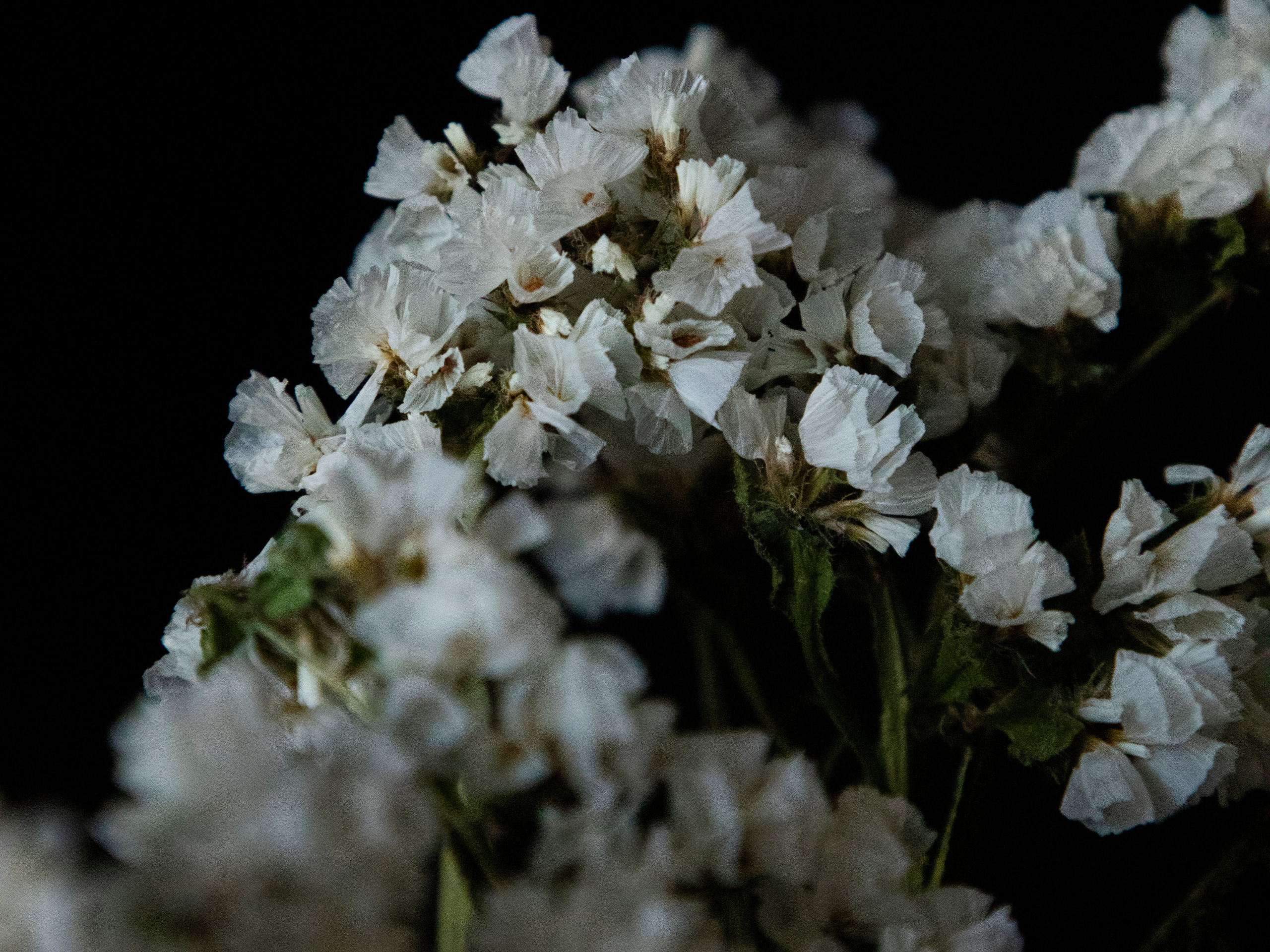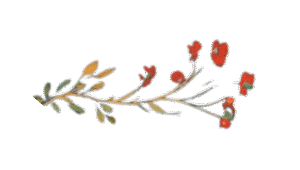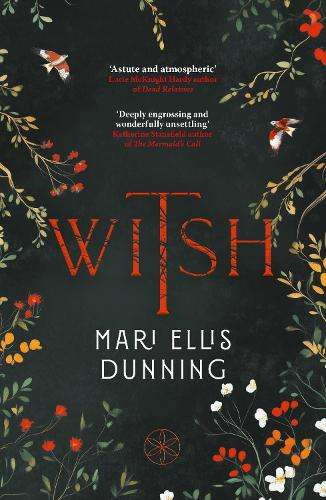
It is not surprising that in women’s hands the historical novel has often become a political tool,’ –
Diana Wallace¹
Witsh began with the image of an overcast day, clouds hanging thick as ash, an ominous weight pervasive in the cool, Welsh air. A woman in her forties, steadfast and resolute in her insistence that she’d done no wrong, and a frightened younger woman, quivering, and cradling her blooming belly.
Back in 2019, when I set out to explore and tell a story about the early-modern witch trials, I was interested primarily in the systemic oppression and gendered biases that led to so many unnecessary deaths on charges of ‘witchcraft’. I began to read widely; Silvia Federici, Kristin J. Sollée and Malcolm Gaskell, amongst many others. My passion was in the way the witch trials were, at their core, an attack on female bodies, and on the comparisons that could be drawn between the current restriction of reproductive rights playing out on a global scale and the thousands of state-sanctioned deaths that occurred centuries ago.
I suspected fiction was the best method to reimagine the witch trials and these themes of control and gendered violence, but I didn’t realise that the work needed to be a novel until I saw historian Richard Suggett give a talk at the National Library of Wales in Aberystwyth. The Welsh relationship with witchcraft and the witch trials is fascinating, nuanced and often contradictory. While there were an estimated 500 executions in England, and between 3,000 and 4,000 killings in Scotland, only five people were hanged for witchcraft in Wales. The majority of accusations occurred on the periphery of the country, and so the setting of the novel materialised: an imagined rural village nestled in the heart of Brecon. The fictional Llynidwen was Welsh enough to be steeped in the cultural, social and political beliefs prevalent in Wales at the time, but close enough to the English border to feel the influence of a country which looked on Wales as a ‘dark corner of the land.’
I’d already written a little about Gwen ferch Ellis, the first woman in Wales to be hanged on charges of witchcraft, but I didn’t feel done with her story, especially after hearing Richard’s talk, and slowly, she crept her way into the novel, serving as inspiration for the character of Sara Gwen.
Much like Gwen Ellis, Sara is a soothsayer with a reputation for healing and charming. She’s shrouded in rumours: the villagers say she’s a church papist, a fraud, a witsh. They seek her out for her skills, and go on to slander her when it suits them. Gwen ferch Ellis came to the attention of the justices when she became entangled in a case involving the high-ranking Thomas Mostyn, and so Sara’s story plays out in the same way. Through her involvement with our protagonist Doli, Sara becomes known to the gentry who suspect there is more to her than appearances might suggest.
I’d like to say I began with the spark of inspiration set off by Gwen ferch Ellis’ story, devised my own plot, then wrote the novel – beginning, middle and end. But in reality, writing a novel is not quite so linear, nor quite as neat as I might have first imagined. Witsh came together more like an oil painting: the conception of an idea; preparation; the sketch on the canvas; the first, tentative dabs of paint. It was built up in layers, with plot points that formed the foundation, then character details like Doli’s love of poetry and motifs like the red kites that soar through the pages, coming later. At some point in the process, the tense was changed from present to past. An illicit affair and doubts over paternity were added in, then removed (though if I’m honest they remain, like a secret, in my mind). The end was rewritten numerous times, and trusted early readers asked questions, made suggestions and helped me to tweak things that weren’t quite working.

Several of those early readers insisted Doli’s voice was ‘too poetic.’ The prose bloomed with imagery, synonyms and metaphors, that just didn’t ‘fit’ the novel format. This struck me as strange. As a poet myself, some of the fiction I most enjoy is steeped in gorgeous, lyrical prose, (see: Maggie O’Farrell’s Hamnet and Rebecca F. John’s Fannie) but the problem wasn’t that I was writing fiction; it was that I was writing in a first-person narrative voice. Who knew how tricky it was to authentically, convincingly capture the voice of an early-modern gentry woman!? What sort of woman, I was asked, wanders around thinking in lines of poetry? Picturing rumours as living things, ‘swilling like tadpoles?’ The answer was obvious: a poet. That’s who.
A little research and several coffee-fuelled conversations with academic historian Cathryn Charnell-White later, and I discovered that Welsh women of the sixteenth century absolutely did engage in both free verse, and (more rarely) strict metre poetry. Much like the female poets of today, early modern women were writing about love, friendship, motherhood, grief, morality and religion. They say we all put parts of ourselves into our writing, and – vulnerable though it may make me to admit – I certainly poured elements of myself into Doli, imbibing her with a passion for poetry that became central to her character. Doli writes about the pain of pregnancy loss, the change of season and the landscape around her, and her anguish over her daughter’s illness. Later, she uses her verse to express her fury with her husband, Hywel (I can’t tell you exactly why without spoilers, but suffice to say he deserves it).
I mentioned earlier that Witsh started out in 2019, but really I suppose it started earlier, in a sense. For about a decade, I’ve written about marginalised women, trying to give voices to the sidelined figures we don’t know enough about, like the stepmother in Hansel and Gretel, or Curly’s nameless wife in Of Mice and Men. (I’ve done this in my own work as well as in some collaborative projects with Natalie Ann Holborow.) Perhaps those earlier stages of my writing career, though not directly related to the novel, could be considered the ‘underpainting’ – preparing the canvas with base colours that may not be noticed but are essential to the composition of the work. Either way, when it came to the novel, implementing poetry felt like a particularly appropriate way of bringing women’s voices to the forefront. There’s something about the conception of poetic works, the very act of honing language and marking words on paper, which carries an essence of magic or spell-casting. I know what you’re thinking: well you would say that, wouldn’t you? But you don’t have to take my word for it. So Mayer agrees: ‘Spells are poems: poetry is spelling. Spell-poems are vehicles of change that take us beyond the rational into a place where the right words can influence the universe.’²
As a writer, I have a strong conviction in the ability of words to influence, impact and shape the world around us. After all, if there was no power in language, women wouldn’t have been denied access to education and literacy for so long.

The novel took a long time to write. It was completed as part of my PhD – a degree I thought would be a straightforward three years of study, but of course, life often disrupts our plans. I had both my children during my studies, which necessitated time away on maternity leave, as well as returning part-time so that I could be at home with them as much as possible, and navigate a little freelance work. (Besides, who can justify childcare bills for an unfunded PhD? Again, the answer is obvious: not a poet.)
There were times, particularly during my second pregnancy, that I wanted to give up. I doubted myself, worried the writing was poor, the characters underdeveloped and the research incomplete (PSA: research will never be ‘complete’). But if nothing else, I’m stubborn when I need to be, and I was determined to see it through one way or another.
There is a strange liminality to the postpartum state, which necessitates a slowing down, or a stillness, as the newborn is settled at your breast for a long feed, or napping on your chest. I’ve often wondered if it’s a sort of symbiosis: the baby forcing the mother to rest and recuperate. The trouble is, I’m not great at sitting still. I tend to need either my body or my mind to be constantly engaged and so I found myself, during this time, thinking through the novel, having mental conversations with the characters and planning the next scene out.
I’ve always preferred writing by hand for a first draft. It feels less intimidating, somehow, to scrawl over a notebook than to confront that bloody cursor, blinking its insistence that you type something. Anything. What I found, sunk into the sofa in my nursing bra, with a newborn guzzling milk from me and a two year old somersaulting over the pair of us, was that (when I could free up a hand for writing) I rewrote large amounts of the novel, solved knotty plot points, and developed scenes with a newfound confidence. Maybe it was the knowledge that I’d created life twice over that gave me new belief in my ability to create; maybe it was the desire to reconnect with something creative that made me feel like myself again; maybe I was just sleep-deprived and delirious. Either way, I wrote more in that window than I had in the three years beforehand. I also found I was able to approach the story in new ways: writing about Doli’s pregnancy, childbirth and the early days and weeks of her baby’s life would likely have looked very different had I not been through similar experiences myself.
That’s not to say that we should only ‘write what we know,’ as the adage goes. After all, research, imagination and empathy go a long way. But in this case, my experiences certainly fuelled those elements of the story, and I feel, despite my initial worries that children would deplete my creativity, they’ve actually enhanced it.

Of course, it can’t all be creative bursts and poetic inspiration. There was also heaps of reading and research that went alongside the novel and, at the risk of offending historians everywhere, I feel I’ve incidentally become a historian of sorts (though I did feel somewhat fraudulent when I spoke on BBC Alba and the byline had me as an ‘expert on Welsh history’).
I’m sure there are writers out there who do all their research before even writing a word. They’re probably the same people who meticulously plan their novels and have detailed notes to carry them through the writing process. (I imagine they also meal-prep, but that’s besides the point.) I did quite a bit of research upfront, but the novel evolved massively throughout the writing of it, and there were things I couldn’t research ahead of time because I didn’t know what I needed to uncover until it presented itself in the story. Some people might argue that having to stop writing to delve into a podcast on early-modern festivities, or to Google ‘how did people polish shoes in 1597’ would disrupt the flow, or leave the muse scowling and cross, and while there might be some truth in that, research tangents can also sometimes lead to the development of new ideas and plot points. At this point in our canvas painting, I suppose we’re stopping to look again at the subject, to analyse the movement of a blade of grass in the wind, or to scrutinise the way a person’s eyebrow hairs fall.
As well as needing to know a fair amount about life in sixteenth century Wales, I also had to delve into the everyday lives of the gentry, as well as the legal proceedings and processes surrounding accusations of witchcraft. Luckily, the pre-trial documents housed at the National Library of Wales, which are the earliest surviving pre-trial documents relating to witchcraft in Britain, are unique in how complete and detailed they are. They give an invaluable insight into the way individual cases unfolded and to the circumstances surrounding them. Accusations often came about following a request for charity which was denied, or another social dispute or rivalry. There are bitter arguments amongst neighbours and family members; horses are killed, cattle are bewitched, pigs perish, men and women are made lame, there are poisoned apples, miscarriages and even murders. Crucially, the records show that suspected and accused witches were overwhelmingly women, usually accused by neighbours or members of the same community, and accusations seem more likely to have been translated into prosecutions when the principle accuser was male.
‘Witchcraft was inseparable from discourse,’ says Richard Suggett, going on to describe ‘the interchange of words and ideas, rumour and raised and hushed voices.’ With this notion of whispers and slander in mind, ‘The Villagers’ of my book were born: a cast of characters much like a Greek chorus who serve to comment on the events of the story, offering an alternative perspective to our central protagonist.
Naturally, despite some pretty substantial research, I’m still worried I’ve missed some glaringly obvious errors, or overlooked some minute details about life in the sixteenth century. It was only right before submitting my final draft that I learned people used to be stood in church, sometimes leaning against the wall to rest, rather than sat in pews as I’d originally written it. (Some hurried changes followed that discovery.) Still, I’ve consoled myself with the notion of authenticity over accuracy. I never set out to give an exact portrayal of life in sixteenth century Wales – if that was my intention, I would have written non-fiction instead. Rather, my aim was always to explore the biases, insecurities and misogynistic ideologies that fed the witch trials, and to represent those to the best of my ability. Feminist writer Natasha Walter argues that by retreating to the past, novelists are ‘playing safe […] preferring the certainties of the past for the confusion of the present.’³ I would dispute the notion of ‘playing safe’, and suggest instead that by examining the past, we shed light on the present. In telling Doli’s story, I set out to make a point about how little has changed over the centuries, and how the past is disturbingly still knocking on the door of the present.

Reading List
Mari Ellis Dunning’s debut poetry collection, Salacia, was shortlisted for Wales Book of the Year 2019. Her second collection, Pearl and Bone, was chosen as Wales Arts Review’s Number 1 Poetry Choice of 2022. Mari teaches at Aberystwyth University, where she delivers courses on feminist writing. Mari is represented by Laura Williams at Greene and Heaton — Witsh is her first novel.